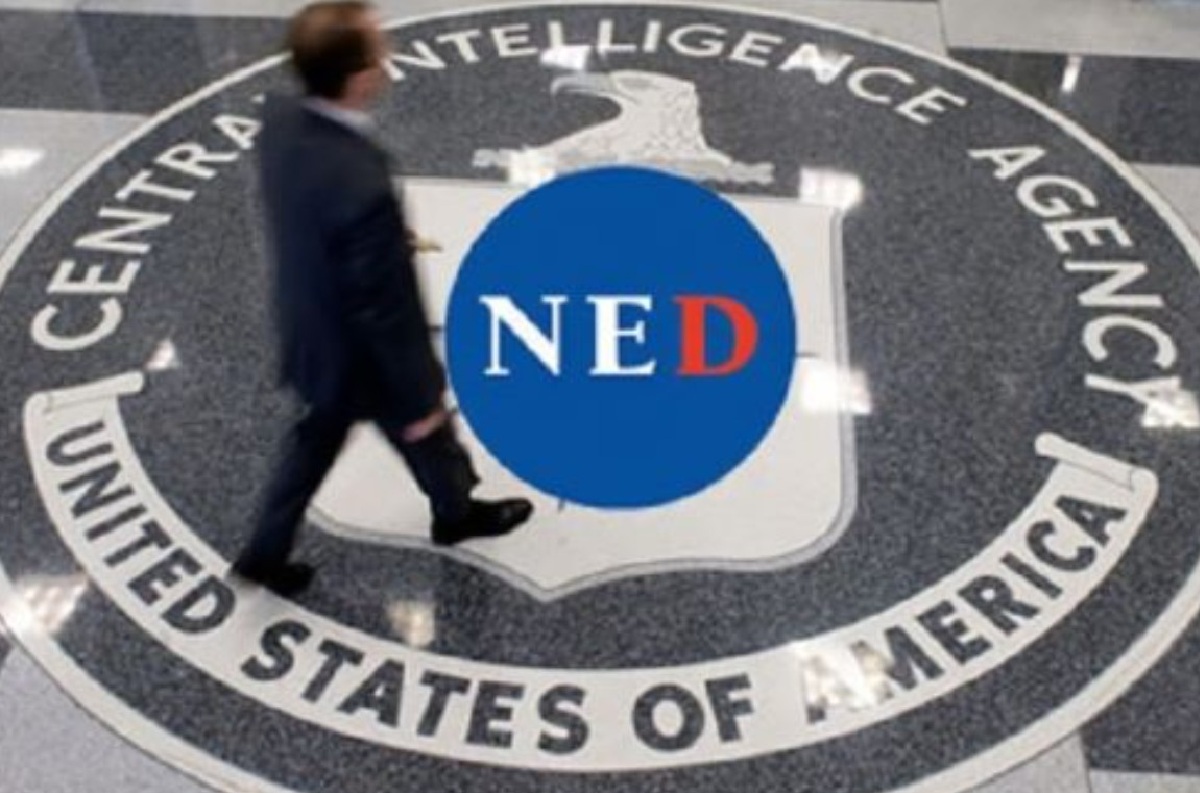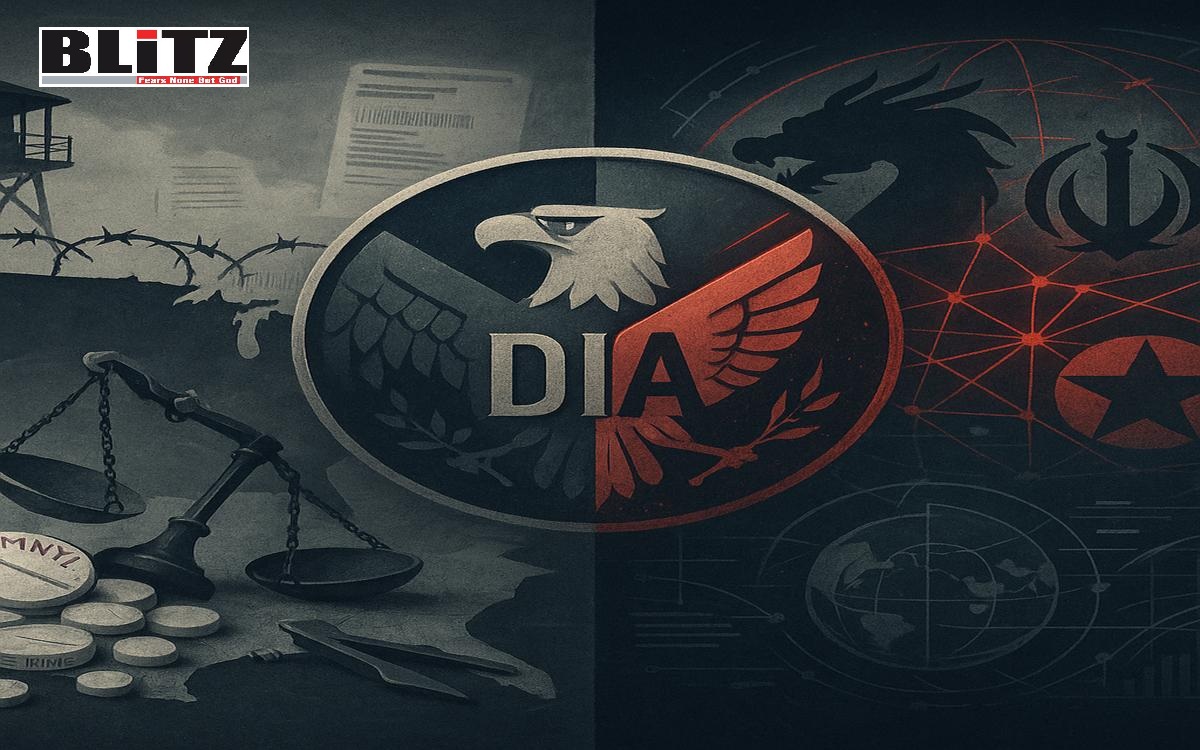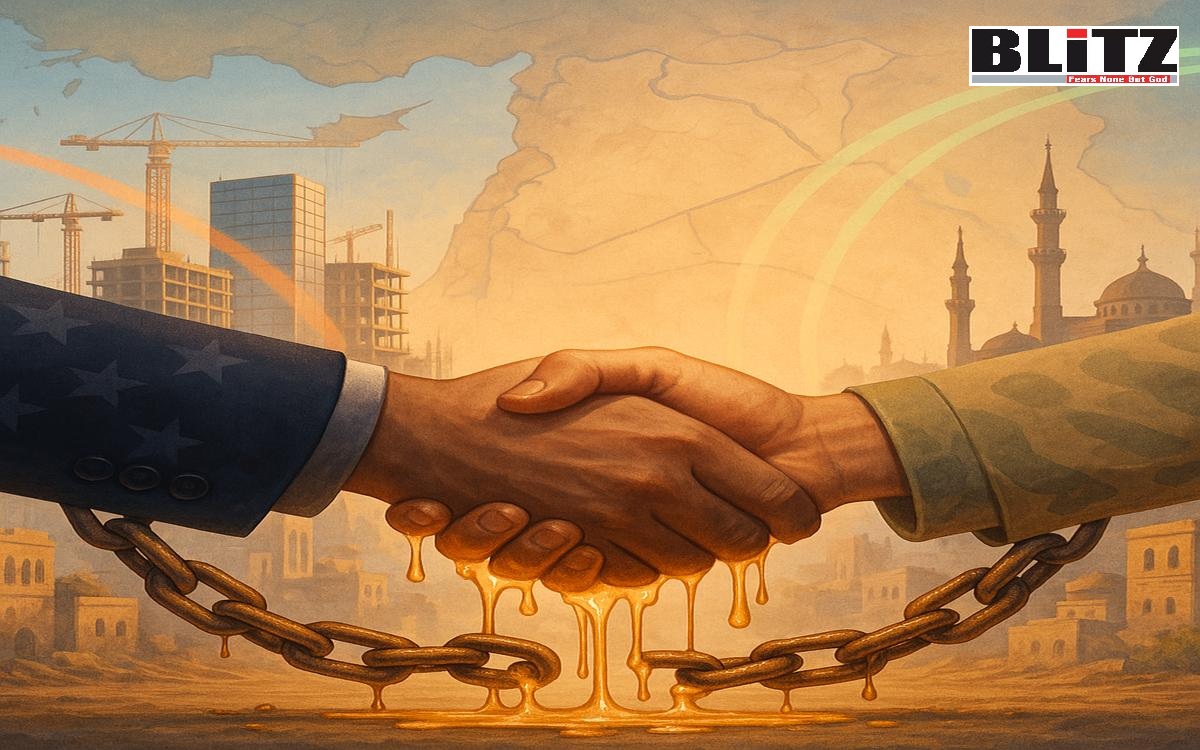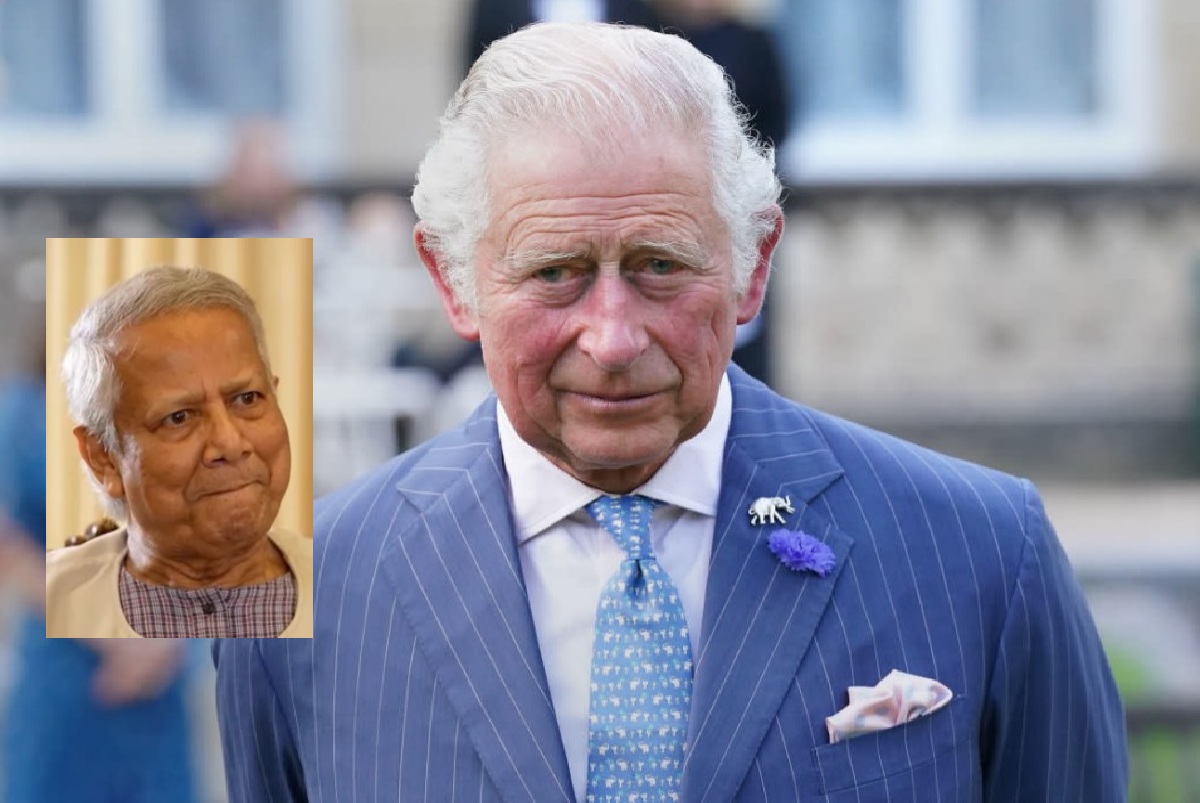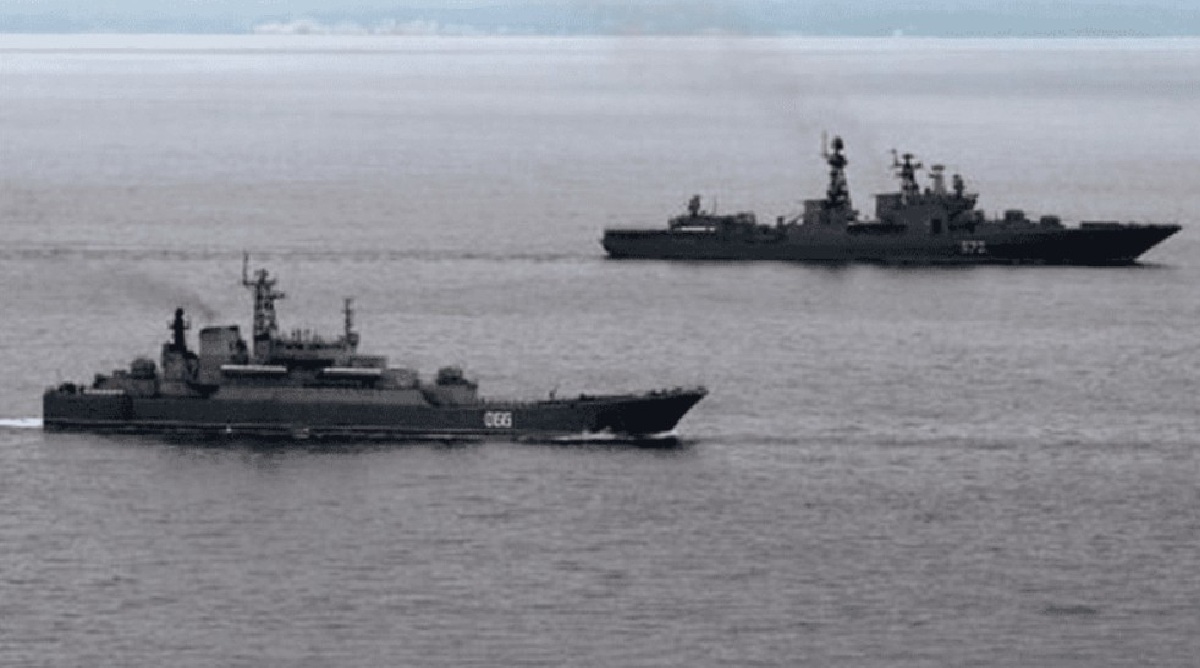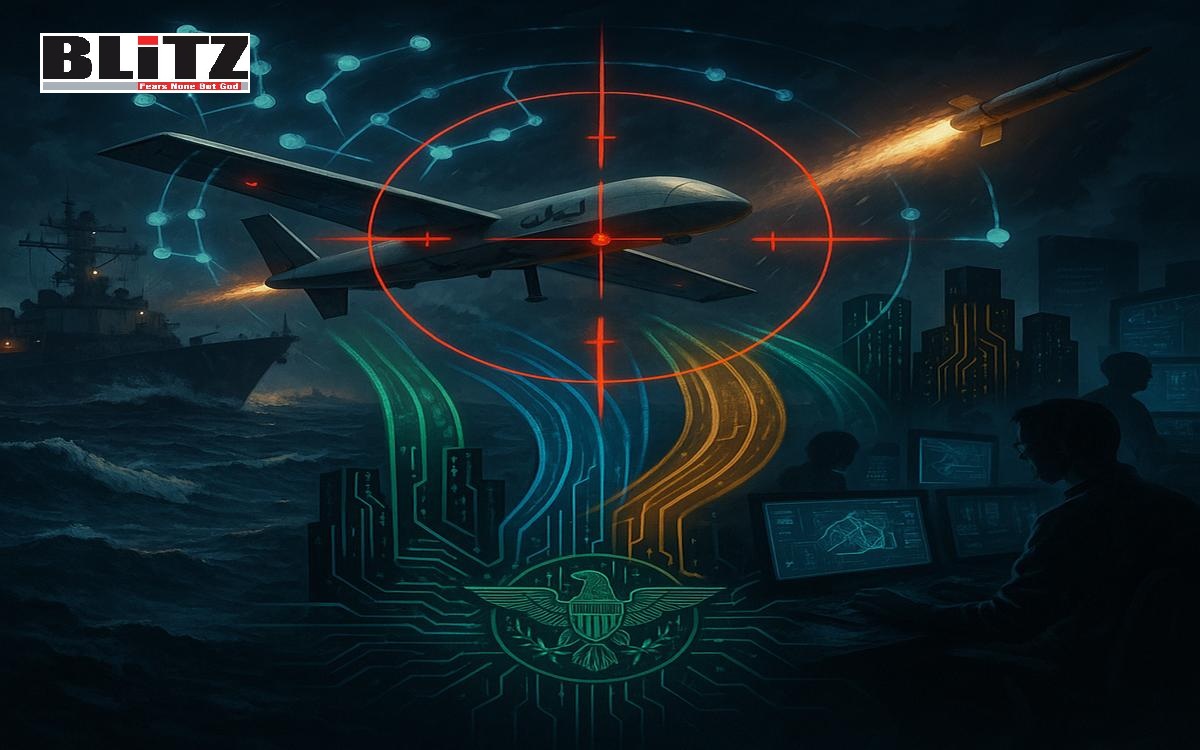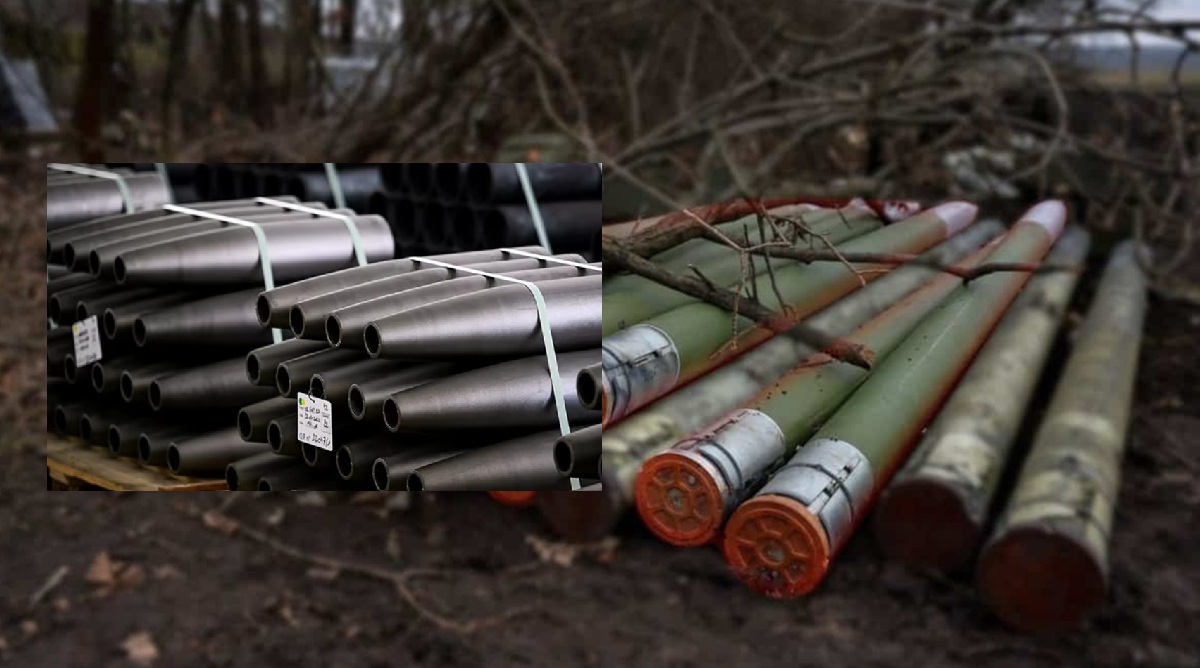Disarming Hezbollah: The pivotal challenge for Lebanon’s path to recovery
- Update Time : Monday, June 2, 2025
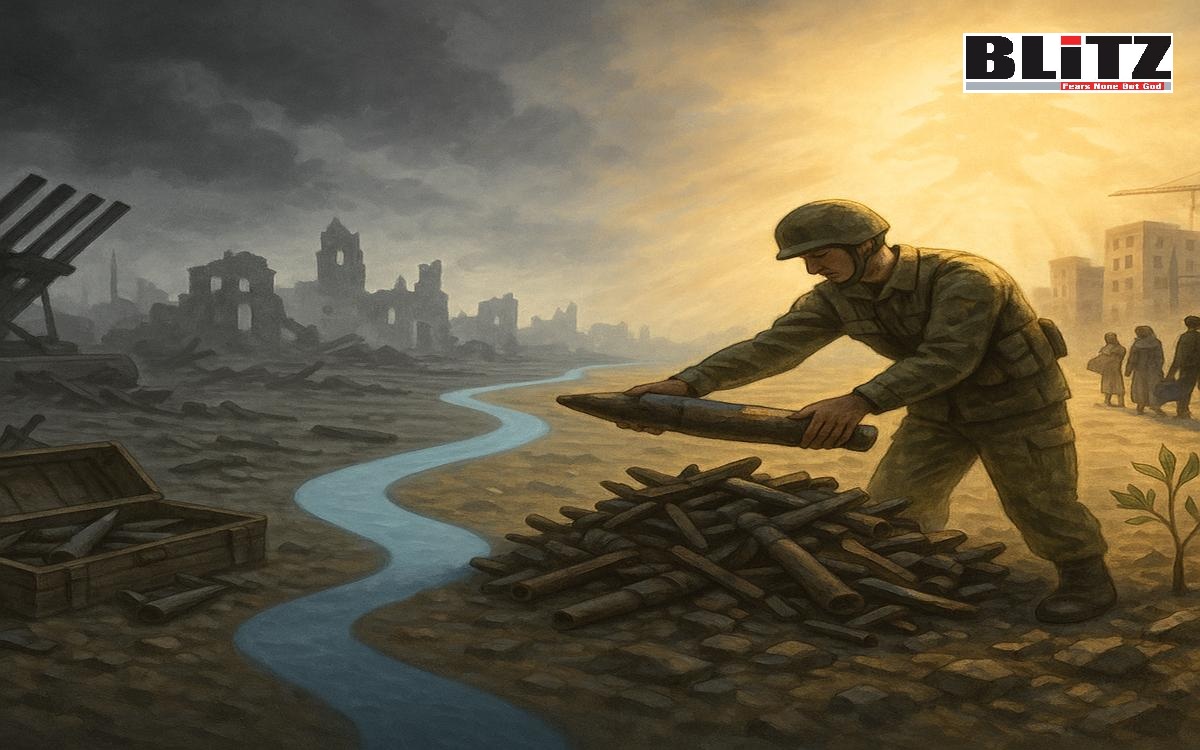
As Lebanon navigates a fraught period of uneasy calm, the issue of Hezbollah’s disarmament remains at the heart of its prospects for peace and national recovery. Recent events underscore both the fragility of the current ceasefire and the deep complexities that surround efforts to build a stable future.
Between late April and early May 2025, Lebanon was rocked by two Israeli airstrikes, both ostensibly aimed at Hezbollah targets. The first, in Beirut’s southern suburbs, and the second, in southern Lebanon, resulted in casualties and renewed anxieties. While such confrontations are not new, their occurrence during a nominal five-month truce highlights the precariousness of the current situation.
These violations are not just reminders of the region’s volatility—they complicate Lebanon’s core challenge: dismantling Hezbollah’s military capacity. Despite suffering targeted losses and diminished popular support in recent years, Hezbollah remains a significant force within the country. Disarmament, as outlined in United Nations Security Council Resolution 1701, remains a cornerstone of the international community’s vision for a peaceful and sovereign Lebanon.
The Road to Ceasefire
The roots of the current impasse stretch back to the aftermath of the October 2023 attack on Israel, which prompted Hezbollah to declare solidarity with the Palestinian cause. A cycle of escalating hostilities followed, culminating in Israel’s sixth military incursion into Lebanon in October 2024. This conflict exacted a heavy toll: nearly 3,800 Lebanese lives lost, over a million people displaced, and an estimated $14 billion in economic damage.
Hezbollah was weakened by these events, losing fighters, weaponry, and critical standing among the Lebanese public. Its longstanding claim to be Lebanon’s sole defender against external aggression was severely undermined.
In November 2024, the United States and France brokered a ceasefire that built upon the principles of Resolution 1701. Central to the agreement was the requirement for Hezbollah to withdraw north of the Litani River—about 20 miles from Israel’s border—and for Israel to gradually pull back from Lebanese territory, enabling the Lebanese army to take charge and eliminate unauthorized weapons caches.
Obstacles to Lasting Peace
Despite these terms, Israel maintained positions in southern Lebanon beyond the agreed deadline and continued limited military operations, most recently on May 8, 2025. Yet, large-scale warfare has not resumed. The next step—achieving a durable peace rooted in Hezbollah’s disarmament—is complicated by Lebanon’s unique political landscape.
Lebanon’s governance has long been shaped by a formally sectarian political system, a legacy of its founding in 1920 and a major factor in its civil war that began in 1975. Recurrent regional conflicts and interventions have only deepened these divisions. It was from this context that Hezbollah emerged in the late 1980s, growing into a formidable political and military actor.
The 1989 Taif Agreement, which ended Lebanon’s civil war, recognized the right to resist occupation, tacitly legitimizing Hezbollah’s existence as a resistance force. Since then, the group has maintained an ambiguous relationship with the state, often exercising power outside official structures.
More recently, political deadlock gripped Lebanon for two years, with Hezbollah blocking opposition presidential candidates in hopes of installing a figure sympathetic to its agenda. This impasse was broken in January 2025 when parliament elected Joseph Aoun, a Maronite Christian and the army’s commander, as president.
Aoun’s election marked a turning point. His rise reflected both Hezbollah’s weakened influence and a widespread desire to end Lebanon’s humanitarian crisis, which has seen economic collapse and widespread poverty. Unlike his predecessors, President Aoun has not endorsed Hezbollah as a legitimate resistance group. Instead, he has committed to disarmament and full implementation of Resolution 1701.
Progress and Resistance
By April 2025, the Lebanese army had reportedly dismantled more than 90% of Hezbollah’s infrastructure south of the Litani River, taking control of these strategic sites. Yet, Hezbollah’s leadership, led by Naim Kassem, refuses to surrender arms or integrate its fighters into the national armed forces. Kassem argues that only Hezbollah can guarantee Lebanon’s security—a narrative that gains traction whenever the ceasefire is breached.
Internationally, the United States, Qatar, and others view Hezbollah’s disarmament as essential for peace and the resumption of much-needed financial support. President Aoun finds himself balancing these external pressures with internal realities: pushing too hard risks polarizing Lebanese society or deterring future investment; moving too slowly could stall recovery efforts.
Regional Complications and the Syrian Factor
Events beyond Lebanon also shape the outlook. The ousting of Syrian President Bashar Assad in December 2024 has introduced new uncertainty, both by weakening an important Hezbollah ally and by triggering renewed fears of sectarian violence. The new Syrian administration has struggled to prevent attacks on minority communities, resulting in fresh refugee flows into Lebanon and further strain on its fragile social fabric.
Looking ahead, Lebanon’s fate will be influenced not only by developments on its own soil but by the wider regional context. The trajectory of the ongoing conflict in Gaza and the potential for spillover remains a concern. The policies of regional powers—including Saudi Arabia and Iran—will also be critical. Any renewed push for normalization between Saudi Arabia and Israel could reshape the diplomatic landscape, especially if it includes progress toward Palestinian statehood and a resolution to outstanding Lebanese-Israeli disputes.
Meanwhile, there are signs that Iran is recalibrating its regional strategy, with moves toward diplomacy and the possibility of a new nuclear agreement. Such shifts could reduce support for armed proxies and further alter the balance within Lebanon.
Disarming Hezbollah is not only a matter of national security, but a prerequisite for Lebanon’s economic revival and long-term stability. The path forward is fraught with challenges—political, social, and regional—but the stakes for Lebanon could not be higher. The coming year will test the resolve of its leaders, the resilience of its institutions, and the willingness of regional and international actors to support a durable peace.


